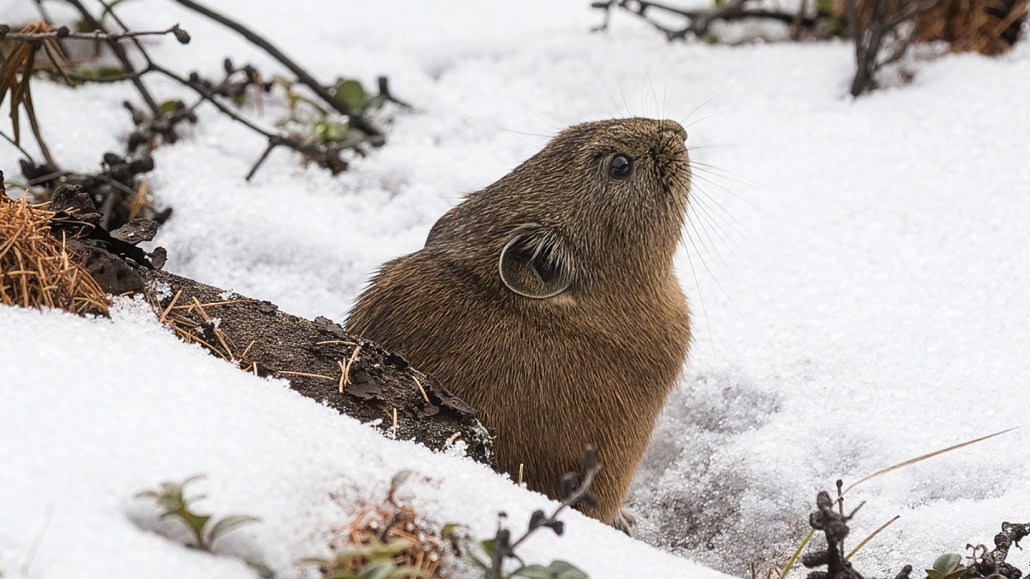
Life
There’s life beneath the snow, but it’s at risk of melting away
An array of animals and plants survive winter in the subnivium, nature’s igloo. But climate change is threatening this hidden seasonal ecosystem.
Every print subscription comes with full digital access

An array of animals and plants survive winter in the subnivium, nature’s igloo. But climate change is threatening this hidden seasonal ecosystem.
We summarize the week's scientific breakthroughs every Thursday.

The rockhead poacher is a little fish with a big pit in its head. The divot may be like a drum, making sound that rises above a chaotic, nearshore din.

From bold foxes to gregarious birds, animals’ personalities are increasingly being seen as crucial to conservation efforts.

Arabian cheetah mummies' DNA reveals that the long-lost population could be closely replaced by a cheetah population in northwestern Africa.

A 67-million-year-old claw fossil reveals a new dinosaur species that may have used its hand spikes to snatch and pierce eggs.

Signals transmitted via leaves can warn neighboring plants of stressful events, making the group collectively more resilient than plants in isolation.

The density of fine hairs on bumblebees’ tongues determines how much nectar they can collect — and workers put queen bees to shame.

Black-bulb yam’s mimicry tricks birds into spreading its berrylike clones. The plant's novel strategy helps it spread without seeds or sexual reproduction.
In humans, teens do the most dangerous things. In chimpanzees, that honor goes to toddlers. The difference may lie in caregiver supervision.

The elm zigzag sawfly has spread to 15 states in five years. Now it's attacking the tree that cities planted to replace Dutch elm disease victims.
Subscribers, enter your e-mail address for full access to the Science News archives and digital editions.
Not a subscriber?
Become one now.